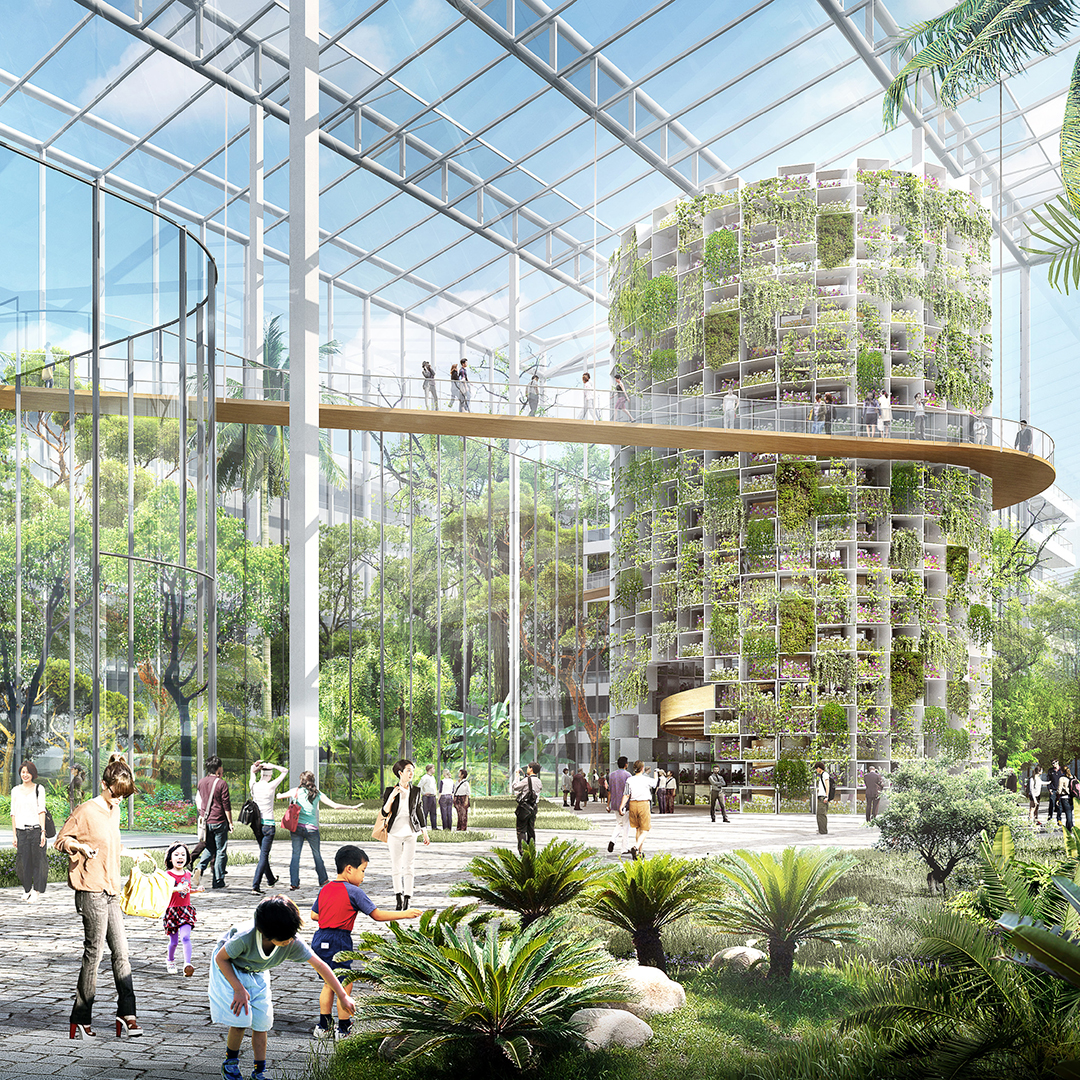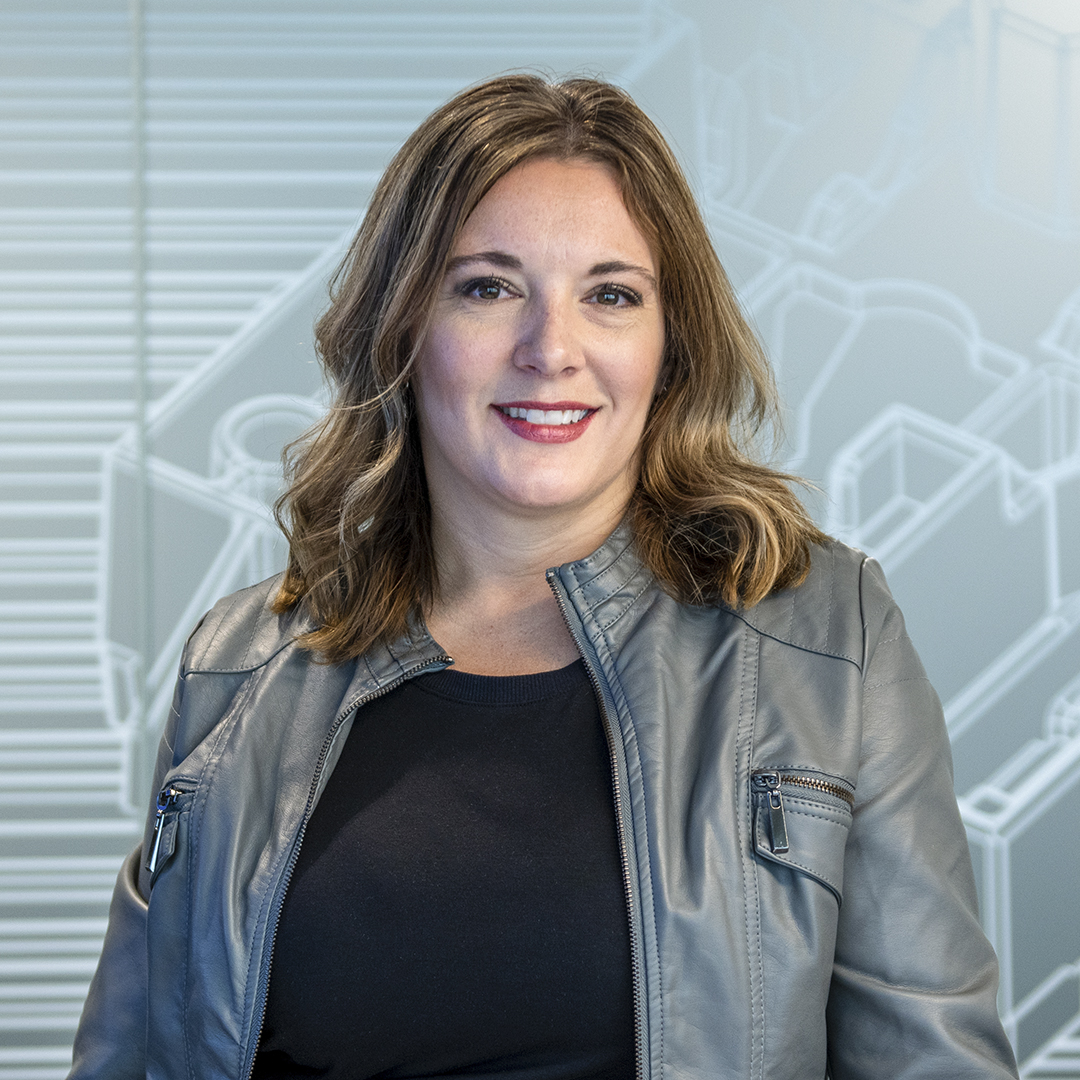|
Getting your Trinity Audio player ready...
|
The hot Texas sun blared down on Dr. Calvin Jamison as he crisscrossed the Dallas campus. He had just finished cutting the ribbon to open a brand-new enterprise, and if he didn’t hurry, he would miss another celebration scheduled for the same day.

In fact, on one day in 2010, the vice president of facilities and economic development at the University of Texas at Dallas hosted four ceremonial ribbon cuttings. And it wasn’t that uncommon—in 2014, he cut the ribbon on an addition to the Naveen Jindal School of Management building and broke ground on a new residence hall in the same afternoon.
Jamison, who grew up in rural Virginia and studied at Virginia Tech, came to UT Dallas in 2007, when the small commuter school was little more than a rough conglomeration of blocky, brutalist, concrete buildings. But leadership embraced a new vision. The university would become a STEAM school and a research institution to attract the best and brightest domestic and international students. To do so, it needed to create a sense of place. That would require a visionary manager—and the school found its man in Jamison.
Few other leaders could keep pace with the UT Dallas’ growth aspirations. Three consecutive presidents worked to double student enrollment in a decade. But Jamison—who oversaw nearly $4 billion in new development and managed 4,500 employees as the city manager of Richmond, Virginia—was ready to meet the challenge head on.

Since 2007, he’s led a team responsible for managing $2 billion of new development and adding or renovating 12 million square feet of infrastructure.
What started out as meticulous and methodical growth turned into a meteoric rise, which suits a campus whose students are known as “Comets.” First, Jamison’s office introduced a residence hall and a dedicated dining facility in 2009. Then, they started adding one residence hall per year. They quickly built the Student Services building (which was the state’s first LEED Platinum-certified building in higher education), Edith O’Donnell Arts and Technology building, and a Science Learning Center.
Those earlier projects were followed by the renovation of their Founders’ Building as well as the construction of an engineering building and a bioengineering and sciences building. A major gift from a long-time benefactor helped Jamison create a true campus feel by investing $70 million in a landscape enhancement project that included more than 7,500 trees, reflecting pools, and the Margaret McDermott Mall and Trellis Plaza.
Jamison says his team plans every project with Comets in mind. “We’re building a special place here, and we want it to fit the environment well. The facilities have to match the needs of the faculty, students, and staff,” he explains.
After receiving feedback regarding the difficulty of traversing the campus, Jamison’s team started offering “Comet Cabs” services. The 14-passenger golf carts shuttle students to and from residence halls, remote parking lots, and campus buildings.

Additionally, the campus has grown from having zero buses in 2008 to 1.5 million riders. They’ve also developed a food truck park that hosts 22 vendors and worked to create usable, attractive spaces where students and faculty can relax, plug-in, connect, and collaborate. “As we’ve grown, we’ve tried to maintain a personal touch that is unique to UT Dallas,” Jamison says. “Service is not what we do; service is who we are!”
Although he is accustomed to managing large projects, Jamison will admit there are challenges involved in supporting the second fastest growing university in the country. He found success by creating allies and relying on his team. “I had to convince other leaders that we could do six major multimillion-dollar projects at the same time,” he says. “Most people would want to stagger projects of this size, but we didn’t have time.” At the peak of the university’s growth curve, Jamison worked around the clock to solicit a great volume of input from as many stakeholders as possible to bring all major projects in on time and on budget.
Northside at UT Dallas—affectionately known as Comet Town—is one standout project from Jamison’s development slate. The mixed-use zone replete with retail shops, eateries, apartments, and townhomes sits on the 30 acres to the north of the 445-acre campus. When all phases are completed, the over 1 million-square-foot project will have 2,600 beds, parking garages, multiple pools, and a pedestrian mall that can host more than 20 outdoor events each year. Perhaps one of the most important features is the in-progress construction of a DART (Dallas Area Rapid Transit) rail station that will connect the UT Dallas community and visitors to DFW Airport and other parts of the metroplex.
A new arts and performance complex will come to campus by 2024 and house vast art collections donated by the Crow and Barrett families that together exceed $100 million in value. A 600-seat theater adjacent to museum space will serve a hybrid performance and teaching space. The venue is one of many that demonstrate the value in the university’s many strong local partnerships. The city of Richardson helped UT Dallas develop a loop road hike and bike path around the campus’s perimeter, and the school is partnering with UT Southwestern Hospital on a biomedical engineering and sciences building project.
Soccer fields, magnolias, reflecting pools, amphitheaters, bike paths, visitor’s centers, promenades, parking garages, and research facilities: almost everything—70 percent of the campus—is new at UT Dallas. Jamison jokes that returning alumni may not even recognize the place, and he’s focused on leaving a legacy for past, current, and future students alike. Today, facilities teams are adding more living space and preparing to develop another 100 acres. The UT Dallas Comets are moving “at the speed of bright.”


